If you want to know about the laurie baker or norman foster or staircase design, please click the link.
Introduction
Vernacular architecture refers to the traditional, indigenous, or local styles of building that are adapted to the particularities of the environment, climate, materials, and cultural context of a place. It is a form of architecture that emerges from the wisdom, creativity, and experience of local communities, rather than from outside experts or standardized designs.

Importance of Vernacular Architecture
Vernacular architecture is important for several reasons. Firstly, it reflects the unique identity, history, and values of a place and its people, and fosters a sense of continuity and belonging. Secondly, it is usually more sustainable, affordable, and adaptable than modern or imported building styles, as it utilizes local materials, knowledge, and techniques. Thirdly, it can promote social cohesion, as it often involves collective decision-making, shared labor, and cultural expression. Finally, it can serve as a source of inspiration, innovation, and diversity for contemporary architects and designers, who can learn from the lessons of vernacular architecture and incorporate them into their own work.
1) History of Vernacular Architecture
i) Origins of Vernacular Architecture:
The origins of vernacular architecture can be traced back to the earliest human settlements, where people used locally available materials and techniques to create shelters that met their basic needs for protection from the elements, privacy, and comfort.
Over time, as human societies became more complex and diversified, vernacular architecture evolved to reflect the specific cultural, economic, and environmental factors that shaped each region.
For example, in arid regions, buildings were often made of mud, clay, or stone, and had thick walls and small openings to keep the interior cool and shaded. In mountainous regions, buildings were often made of timber, stone, or sod, and had steep roofs to shed snow and rain.
In coastal regions, buildings were often made of bamboo, palm leaves, or coral, and had open porches and elevated platforms to catch the breeze and avoid flooding.
ii) Evolution of Vernacular Architecture:
The evolution of vernacular architecture has been influenced by various factors, such as technological advances, migration, colonization, urbanization, globalization, and cultural exchange. For example, the introduction of new materials and tools, such as iron, glass, and cement, has enabled vernacular architecture to incorporate more diverse and durable structures and features.
The expansion of trade and travel has facilitated the exchange of ideas, styles, and materials between different regions and cultures, leading to hybrid forms of vernacular architecture that blend traditional and modern elements.
The growth of cities and industries has challenged the adaptability and sustainability of vernacular architecture, as it has been replaced by standardized and mass-produced building styles that prioritize efficiency and profit over context and community.
iii) Characteristics of Vernacular Architecture:
The characteristics of vernacular architecture vary widely depending on the context, but some common features can be identified. These include:
- Use of local materials and resources, such as wood, stone, mud, thatch, and bamboo, that are readily available and affordable.
- Integration of buildings with the natural and social environment, such as orientation to the sun, wind, and views, and incorporation of courtyards, gardens, and public spaces.
- Adaptation to the climate and weather, such as ventilation, insulation, shading, and drainage.
- Emphasis on functionality and practicality, such as simplicity, flexibility, and durability.
- Expression of cultural identity and values, such as decoration, symbolism, and ritual.
- Involvement of local communities in the design, construction, and maintenance of buildings, such as collective labor and decision-making.
- Continuity and evolution over time, such as preservation, renovation, and innovation.
2) Types of Vernacular Architecture
i) Regional Vernacular Architecture:
Regional vernacular architecture refers to the diverse styles and techniques of building that are associated with specific geographic regions or sub-regions, and that reflect the local customs, materials, and environment.
For example, in the Mediterranean region, vernacular architecture is characterized by the use of white plastered walls, flat roofs, and blue shutters, which provide insulation and shade from the sun, and by the incorporation of courtyards, balconies, and terraces, which promote social interaction and outdoor living.
In the Andean region of South America, vernacular architecture is characterized by the use of adobe bricks, thatched roofs, and narrow streets, which respond to the high altitude, cold weather, and seismic activity of the region, and by the use of symbolic motifs, such as llamas, suns, and crosses, which express the indigenous beliefs and identity.
iiEthnic Vernacular Architecture:
Ethnic vernacular architecture refers to the styles and techniques of building that are associated with specific ethnic groups, and that reflect their cultural and religious values, as well as their historical and political context.
For example, in the Middle East, vernacular architecture is characterized by the use of domes, arches, and geometric patterns, which reflect the Islamic heritage and the influence of Persian, Turkish, and Mughal styles.
In Africa, vernacular architecture is characterized by the use of mud, wood, and thatch, which respond to the hot and humid climate, and by the use of symbolic motifs, such as masks, totems, and murals, which express the spiritual beliefs and social organization of the communities.
Climate-Specific Vernacular Architecture:
Climate-specific vernacular architecture refers to the styles and techniques of building that are adapted to the specific climate and weather conditions of a place, and that aim to provide comfort, safety, and sustainability.
For example, in the Arctic region, vernacular architecture is characterized by the use of igloos, snow houses, and sod houses, which provide insulation and warmth in the extreme cold and wind, and by the use of animal skins and furs, which provide protection and decoration.
In the tropics, vernacular architecture is characterized by the use of bamboo, thatch, and mud, which provide ventilation and cooling in the high humidity and heat, and by the use of raised platforms and open porches, which provide protection from flooding and insects.
In the desert regions, vernacular architecture is characterized by the use of adobe, stone, and palm fronds, which provide insulation and shade in the extreme heat and sandstorms, and by the use of courtyard houses and wind towers, which promote natural ventilation and social interaction.
3) Elements of Vernacular Architecture
Materials Used in Vernacular Architecture:
Vernacular architecture uses locally available materials that are affordable, sustainable, and appropriate for the climate and environment. The materials vary depending on the region, but some common examples include:
- Stone and clay: Used in areas with abundant natural deposits, such as mountains and river valleys.
- Wood: Used in forests and areas with abundant trees.
- Mud and clay: Used in dry regions where other materials are scarce.
- Thatch: Used in regions with abundant grass, such as savannas.
- Bamboo: Used in areas with abundant bamboo forests, such as Asia and Africa.
- Animal skins and furs: Used in cold regions for insulation.
- Palm fronds: Used in tropical regions for roofing and shading.
Techniques Used in Vernacular Architecture:
Vernacular architecture employs a variety of techniques that are specific to the materials and the region. Some common techniques include:
- Rammed earth: A technique that involves compressing layers of earth into a solid wall.
- Adobe: A technique that involves sun-drying mud bricks.
- Timber framing: A technique that involves using wooden beams to create a structural frame.
- Thatching: A technique that involves weaving grass or reeds into roofing material.
- Stone masonry: A technique that involves cutting and fitting stone blocks into a wall.
Design Principles of Vernacular Architecture:
Vernacular architecture is based on the needs and traditions of the local community, and it often reflects their social, cultural, and spiritual values. Some common design principles of vernacular architecture include:
- Sustainability: The use of natural and renewable materials, and the integration of buildings with the environment.
- Adaptability: The ability of buildings to adapt to changing needs and conditions over time.
- Functionality: The design of buildings to meet the practical needs of the users, such as ventilation, lighting, and privacy.
- Symbolism: The use of decorative elements that express the cultural and spiritual identity of the community, such as carvings, paintings, and patterns.
- Integration: The integration of buildings with the social and natural context, such as the use of courtyards, verandas, and gardens to promote social interaction and outdoor living.
4) Vernacular Architecture Around the World
i) Examples of Vernacular Architecture in Asia:
- The Siheyuan courtyard houses of China, which are built around a central courtyard and feature traditional Chinese architectural elements such as glazed tiles and carved woodwork.

- The stilt houses of Southeast Asia, which are elevated on stilts to protect against floods and feature thatched roofs and open, breezy interiors.
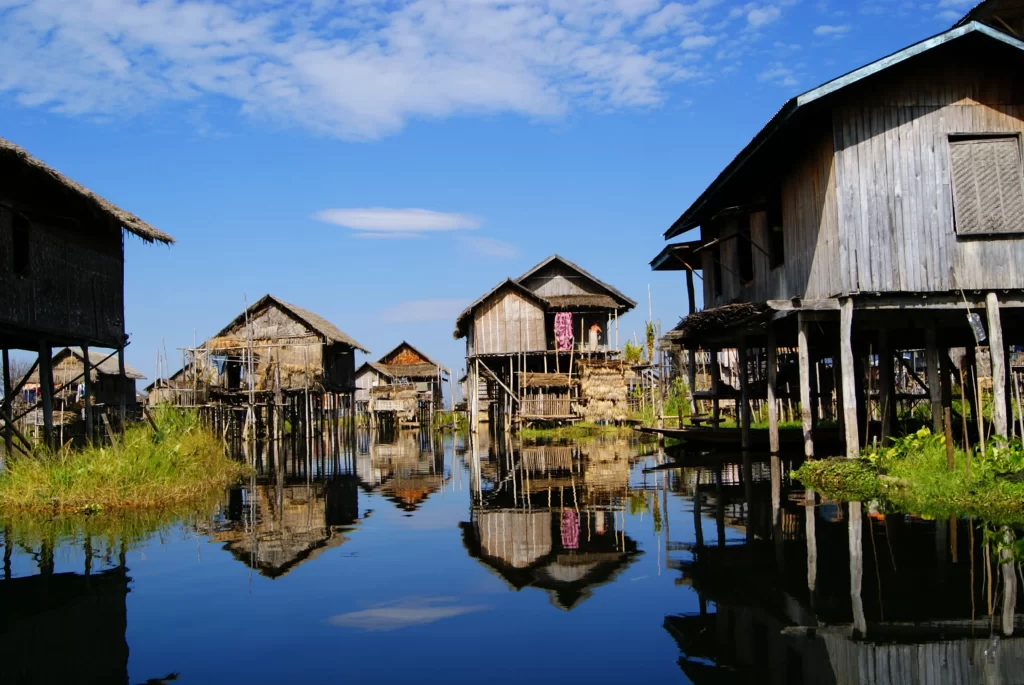
- The pagodas of Japan, which are multi-tiered towers that feature a curved, sloping roof and are often used as Buddhist temples.

ii) Examples of Vernacular Architecture in Africa:
- The mud-brick buildings of West Africa, which use locally sourced mud to create structures with thick walls that are cool in the hot, dry climate.

- The Berber villages of Morocco, which are built into the sides of mountains and feature flat roofs and decorative plasterwork.
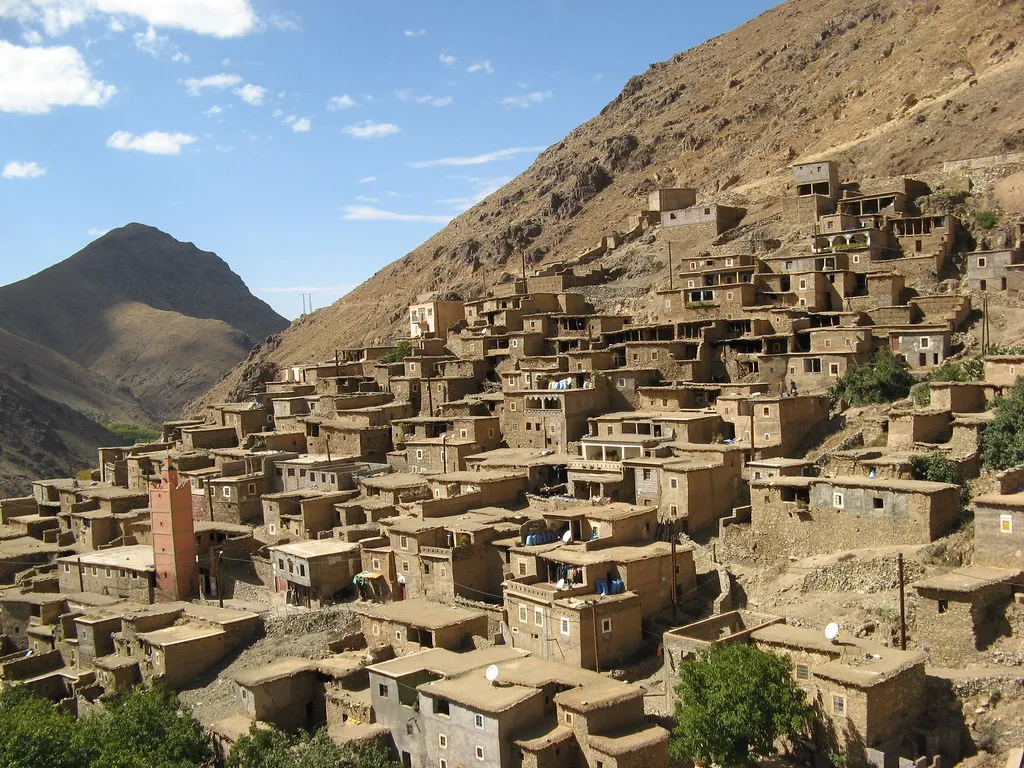
- The roundhouses of Southern Africa, which are constructed from mud and thatch and feature a conical roof that allows for ventilation and natural light.

iii) Examples of Vernacular Architecture in Europe:
- The thatched cottages of England, which are small, cozy homes with a steep, sloping roof thatched with straw or reeds.

- The trulli of Italy, which are conical-roofed structures made from limestone and are often used as homes, storage buildings, or barns.
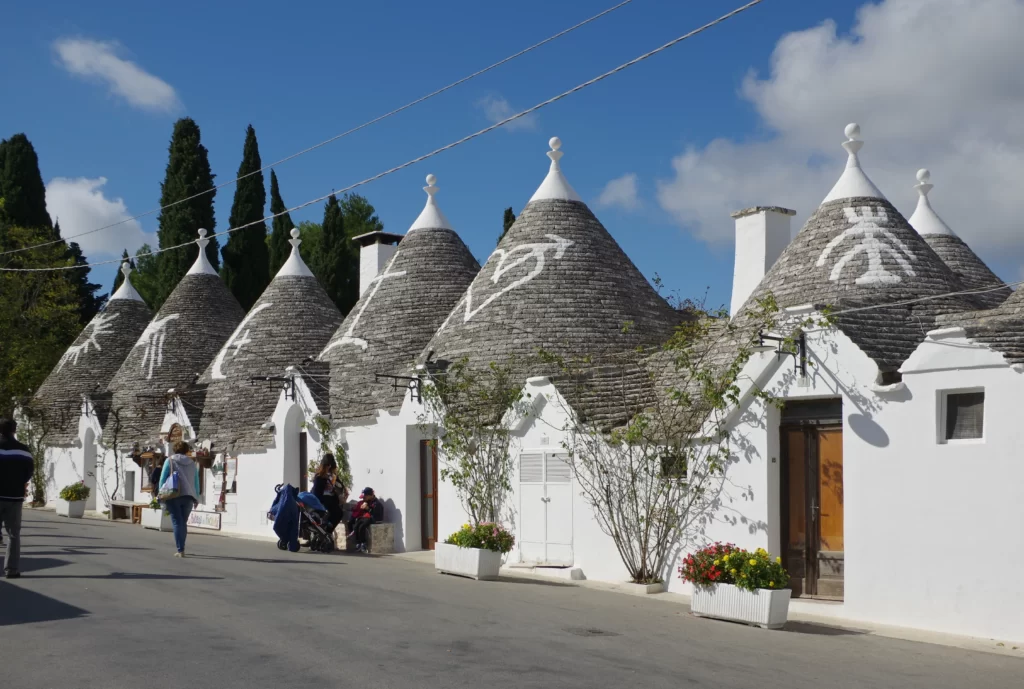
- The timber-framed houses of Germany, which use wooden beams to create a structural frame and are often decorated with intricate wood carvings.
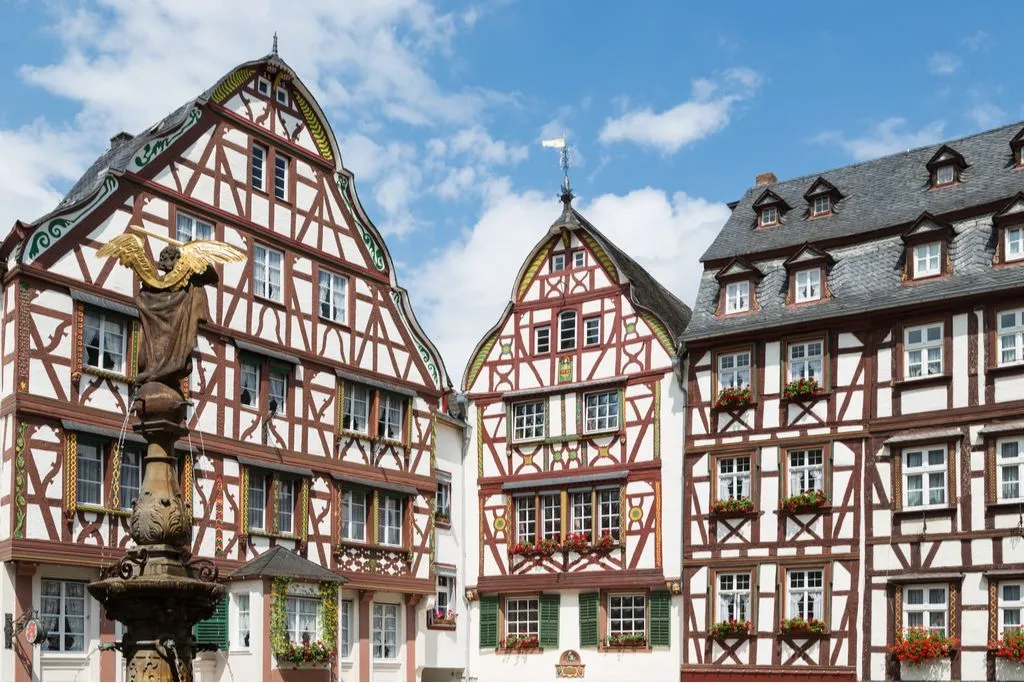
iv) Examples of Vernacular Architecture in the Americas:
- The adobe homes of the southwestern United States, which are constructed from sun-dried mud bricks and feature thick walls that provide insulation against the hot, dry climate.
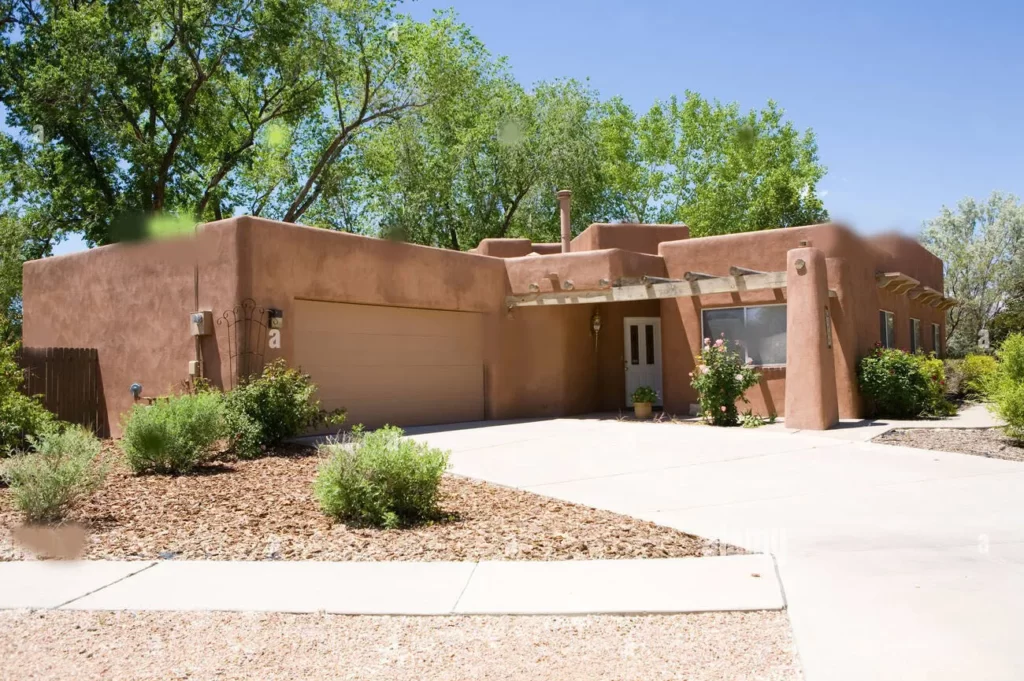
- The clapboard houses of New England, which feature wooden boards that overlap to provide protection against the harsh winters and are often painted in bright colors.
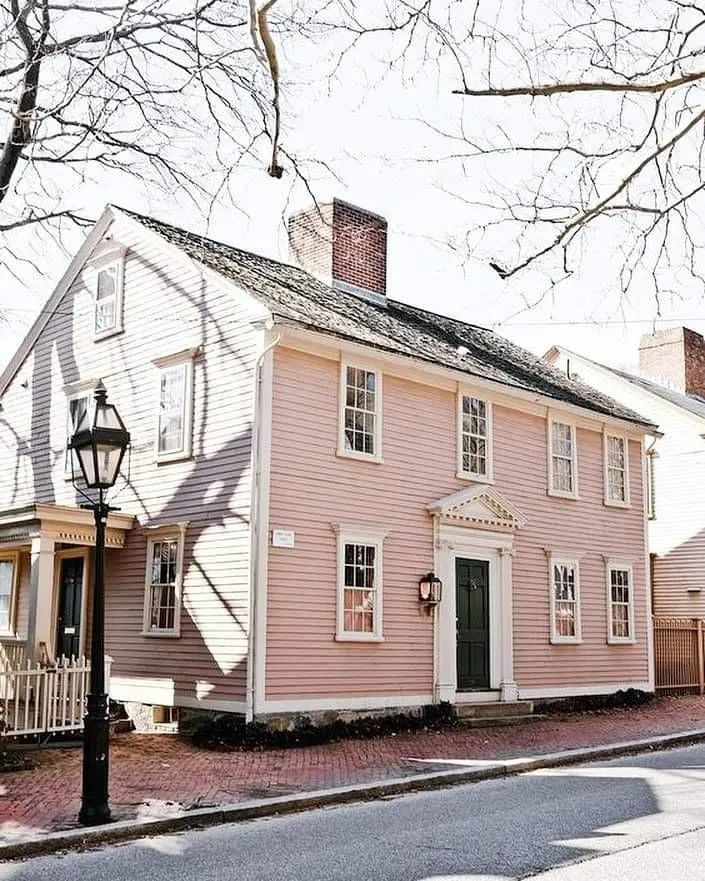
- The igloos of the Inuit people in northern Canada, which are dome-shaped structures made from ice blocks and provide insulation against the cold climate.

v) Examples of Vernacular Architecture in Oceania:
- The fale of Samoa, which are open-sided, thatched-roof structures that are often used for social gatherings and sleeping.
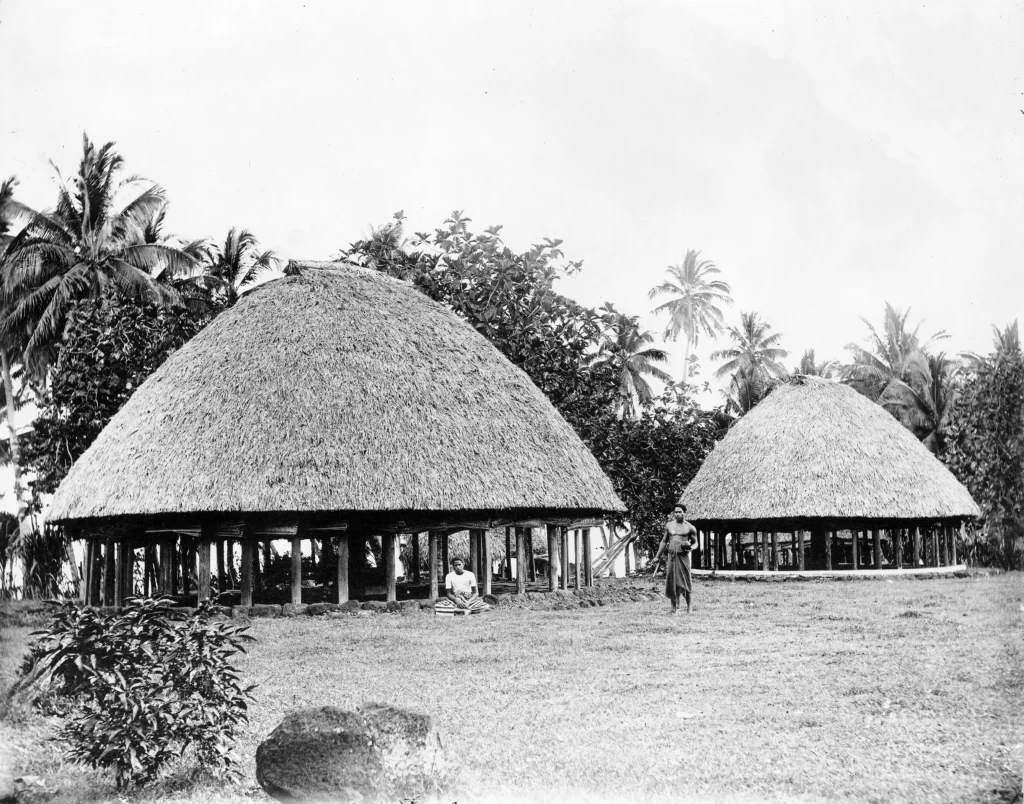
- The bungalows of Fiji, which are elevated structures with thatched roofs and open, airy interiors that are designed to capture the sea breeze.
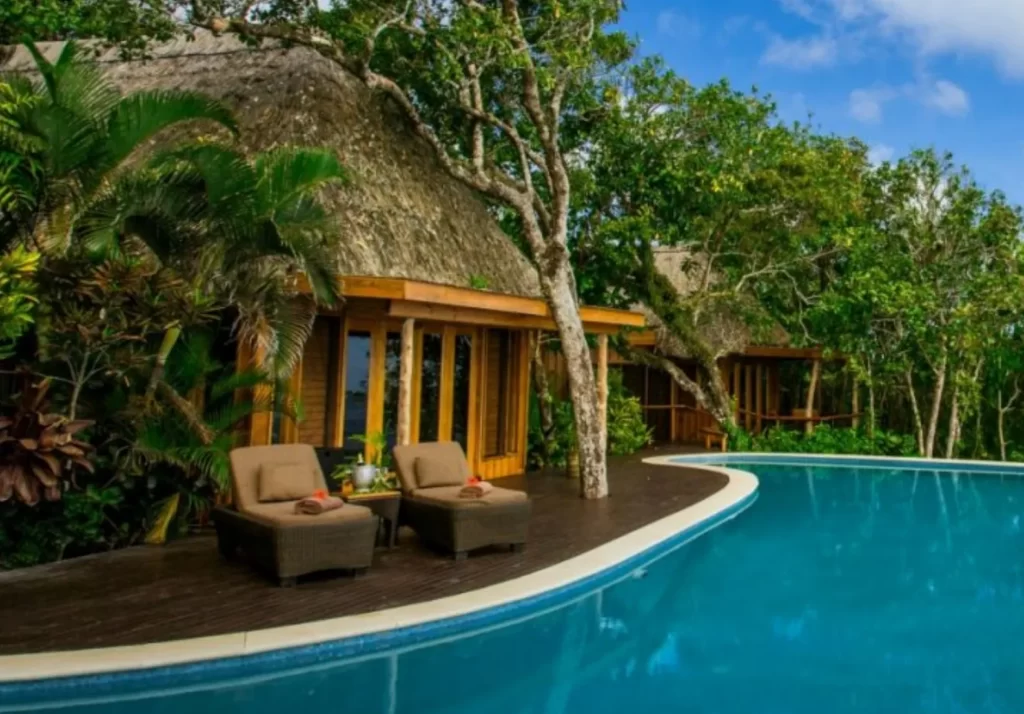
- The grass-roofed houses of Papua New Guinea, which are constructed from natural materials such as bamboo and palm leaves and often feature elaborate carvings and decorations.

5) Sustainability in Vernacular Architecture
Traditional Sustainable Practices in Vernacular Architecture:
- Use of Local Materials: Vernacular architecture utilizes locally available materials such as mud, timber, thatch, and stone. This reduces transportation costs and environmental impact associated with the production and transportation of materials.
- Passive Cooling and Ventilation: Many vernacular buildings are designed to utilize natural air movement for cooling and ventilation, reducing the need for mechanical systems and associated energy consumption.
- Water Conservation: Vernacular architecture often includes water conservation strategies such as rainwater harvesting and wastewater reuse, which can reduce the demand for fresh water resources.
- Use of Renewable Energy Sources: Traditional vernacular architecture often relies on renewable energy sources such as solar, wind, and hydro power to provide energy for heating, cooking, and lighting.
Importance of Vernacular Architecture in Sustainable Development:
- Preservation of Cultural Heritage: Vernacular architecture represents the traditional building practices and cultural identity of a region or community. Preserving these practices can help to maintain cultural diversity and identity.
- Reduced Environmental Impact: Vernacular architecture often incorporates sustainable design strategies that can reduce the environmental impact of buildings, such as the use of local materials and passive cooling strategies.
- Empowerment of Local Communities: By utilizing local materials and traditional building techniques, vernacular architecture can empower local communities to take ownership of their built environment and promote sustainable development.
Advantages of Vernacular Architecture in Sustainable Design:
- Low Cost: The use of local materials and traditional building techniques can reduce construction costs, making vernacular architecture an affordable and sustainable option for many communities.
- Resilience: Vernacular architecture is often designed to withstand local climate conditions and natural disasters, making it a more resilient form of construction.
- Energy Efficiency: The use of passive cooling and ventilation strategies in vernacular architecture can reduce energy consumption associated with mechanical systems and air conditioning.
- Aesthetically Pleasing: Many vernacular buildings are known for their unique architectural features and beauty, which can add to the overall quality of the built environment and cultural identity of a region.
6) Challenges Faced by Vernacular Architecture
Threats to Vernacular Architecture:
- Modernization and Development: The rapid pace of development and modernization often leads to the abandonment of traditional building practices and materials in favor of more modern materials and techniques.
- Globalization and Homogenization: The rise of global architecture styles and materials can lead to the loss of unique cultural identities and traditional building practices.
- Lack of Awareness and Appreciation: Many people may not be aware of the importance and value of vernacular architecture, leading to neglect, abandonment, and demolition.
Preservation of Vernacular Architecture:
- Documentation and Research: The documentation and research of traditional building practices and materials is essential for the preservation and continued use of vernacular architecture.
- Adaptive Reuse: Repurposing and adaptive reuse of existing vernacular buildings can help to preserve their cultural and historical value while providing new functions and uses.
- Education and Awareness: Educating the public about the value and importance of vernacular architecture can help to increase awareness and appreciation, leading to increased efforts towards preservation.
- Conservation and Restoration: The conservation and restoration of vernacular buildings can help to ensure their longevity and continued use.
Revival of Vernacular Architecture:
- Incorporation of Traditional Practices: The incorporation of traditional building practices and materials in modern design can help to revive and promote vernacular architecture.
- Sustainable Design: The sustainable design strategies and principles inherent in vernacular architecture can be used to promote sustainable development and green building practices.
- Community Involvement: The involvement of local communities in the revival of vernacular architecture can help to empower and promote local cultural identity and values.
7) Conclusion
Vernaculars architecture is an important aspect of cultural heritage and sustainable development. It represents the traditional building practices and materials of a region or community, and incorporates sustainable design strategies that can reduce the environmental impact of buildings. Vernaculars architecture also helps to maintain cultural diversity and identity, and can empower local communities to take ownership of their built environment.
Future of Vernaculars Architecture
The future of vernaculars architecture depends on the efforts of preservation, adaptation, and education. With increasing awareness and appreciation, it is possible to revive and promote traditional building practices and materials while incorporating modern design and sustainability principles. It is important to recognize the value and importance of vernacular architecture, and to work towards preserving and promoting it as a vital aspect of cultural heritage and sustainable development.